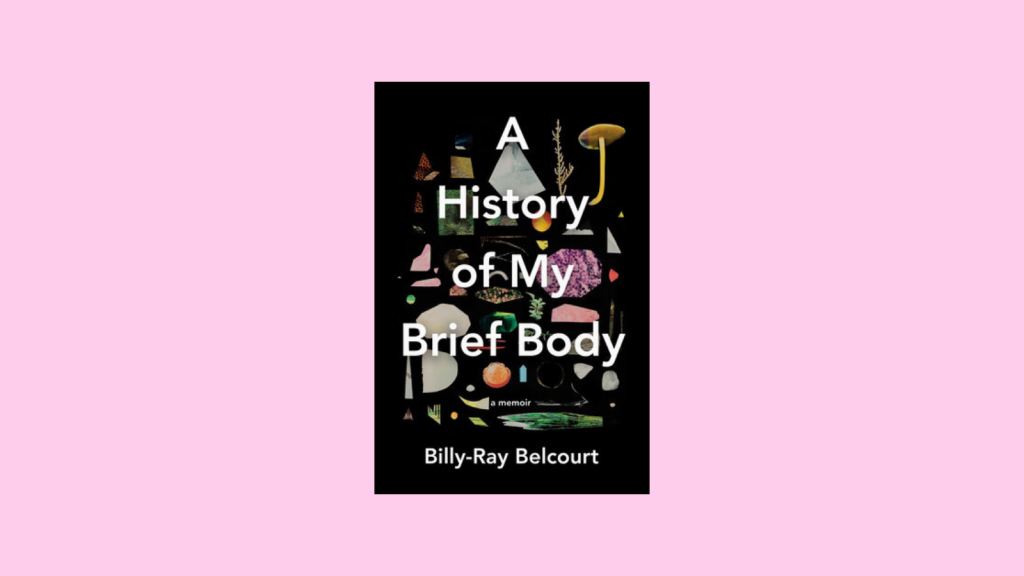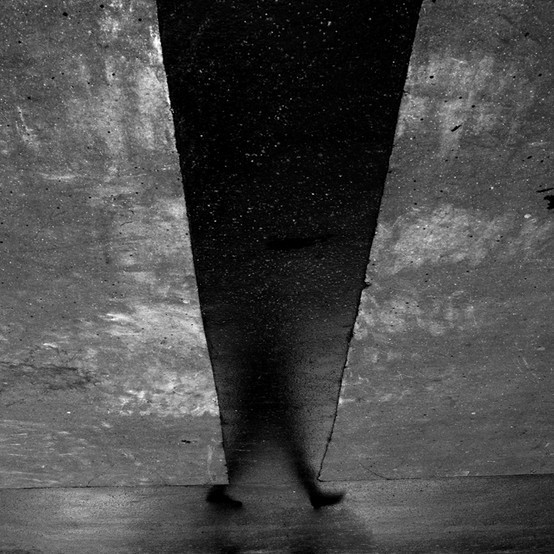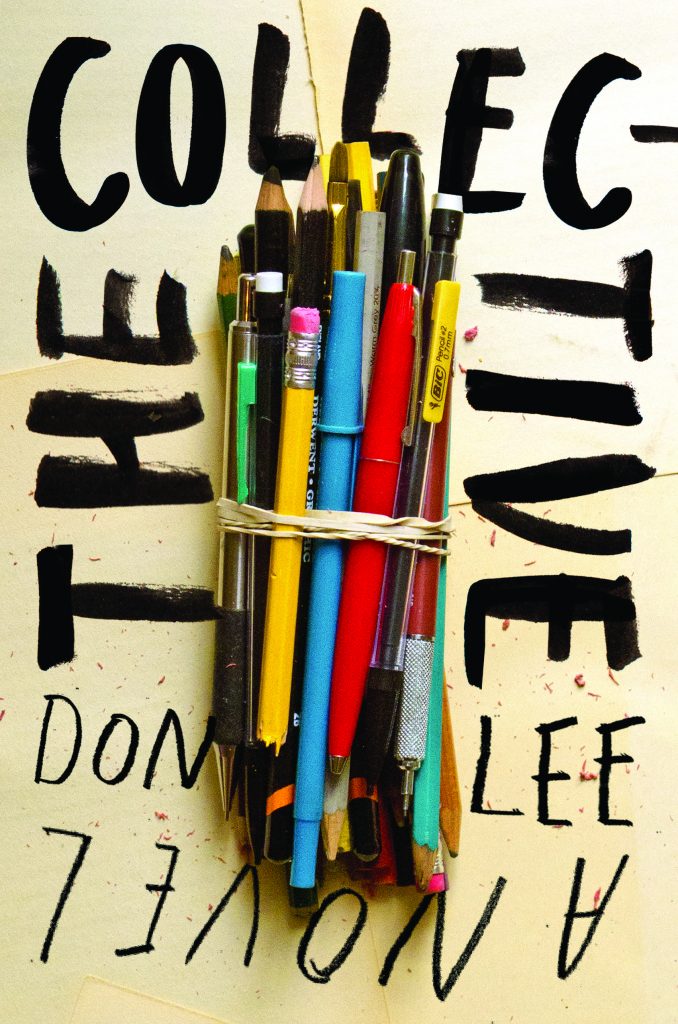In A History of My Brief Body, Billy-Ray Belcourt blends the literary and the theoretical into a fragmentary and irreducible collection of vignettes and lyric essays on cultivating love, self, and freedom while indigenous and queer. On a macro-level, Belcourt engages in an experiment of memoir that beckons the question: what does it mean to document life as one whose existence is suspended in an often isolating and perilous stasis?
Belcourt, of Driftpile Cree Nation, identifies the “NDN condition” as “being in but not held by the present; belonging to a past that endures and a future that moves backward” (78). Under crushing systems predicated on whiteness, straightness, and individualism, the (queer) indigenous person is made a signifier. In the collection’s introduction, Belcourt cites queer theorist Ann Cvetkovich, saying the indigenous person is an object in the “museum of political depression,” a “vessel for a vengeful past and nothing else” (7-8).
“The problem,” Belcourt continues, “is that the present is in the air, is now, which is always an empty hand opening and closing inside us, like a heartbeat” (78). In the Americas, when one cannot heal from a violent history due to its ongoing replication and is continuously barred from moving forward (as colonial violence, homophobia, and the emaciating effects of capitalism ensure a non-existent future), how does one not only live but desire life?
In “A Letter to Nôhkom,” Belcourt offers an answer: the joy of devotion to another. In the letter, Belcourt recalls his nôhkum’s joy in raising him and his twin brother, Jesse-Lee, the utter delight with which she recalls stories of their youth, as well as her desire to keep her grandson close and the persistent fear of loss that colors it.
Nôhkom, I’m not safe. Canada is still in the business of gunning down NDNs…Having inherited your philosophy of love, which is also a theory of freedom, nôhkum, I can write myself into a narrative of joy that troubles the horrid fiction of race that stalks me as it does you and our kin. (5-6)
Belcourt proposes that devotion to others can be a means of self-creation for those whose life trajectories have been determined by forces outside of their immediate control. Belcourt also views devotion as a way to care for those who have been historically denied it by the state. But in embarking on this practice, an inevitable yet necessary fragmentation of the self takes place. Belcourt’s task then becomes a process of documenting both the beauty and ugliness of taking on a mode of living that runs counter to individualism, that urges one to merge with another, to give freely and generously, to receive with gratitude.
My kink is an annihilation of my core sense of self. (73)
Belcourt non-linearly recounts his queer coming-of-age in Edmonton, Alberta: the hook-ups, flings, and established partnerships that launched his venture into love and “self-making” (49). Along the way, he weaves in the work of theorists such as Foucault, José Esteban Muñoz, and Maggie Nelson, and a diverse host of writers and poets. These inclusions serve as the framework to understand the contradictions of queer and indigenous life.
Within these relationships, Belcourt gorgeously renders moments of tenderness, anticipation, longing, and pleasure. But he doesn’t bypass the hazards of saying “yes” to love in the absence of futurity, or of surrendering oneself to others in the name of self-creation. He traces the various things his body comes to signify: a fetish or “moaning object” to a white, colorblind lover (“Gay: 8 Scenes”); a painful physical “reminder” of his “unending penetrability” (“Fragments from a Half-Existence); a sexual medium for those harmed by racist standards of beauty and a “battlefield” of “risk” in the absence of queer medical and educational resources (“Loneliness in the Age of Grinder”).
But risk doesn’t only exist in the unease and exhilaration of hook-up culture or the haze of romantic surrender. Belcourt recognizes the fundamental inextricability of risk and death from the lives of queer BIPOC. In “To Hang Our Grief Up to Dry,” he meditates on how queer BIPOC are denied not only justice but the ability to mourn, citing the murder of Colten Boushie, the victims of Bruce McArthur, and those who were killed in the shooting at Pulse in Orlando, Florida. When danger lurks in the privacy of one’s bedroom and the outside “world,” does it remain possible to create a self without endangering both one’s corporeality and psyche? In “Notes from an Archive of Injuries,” Belcourt cites Judith Butler’s Senses of the Subject: “What does it mean to require what breaks you?”
Butler gives us an idea in her essay, The Desire to Live, stating that “…without the death drive, there is no struggle for life. If life itself is this struggle, then there is no life without the death drive.” Thus, “life requires the death drive, but it also requires that the death drive not triumph.” (Butler 73). While the risks of living as a queer, indigenous person persist, Belcourt finds agency in engaging with said risk in the name of love, pleasure, and joy. Grief, heartbreak, and fear take on a new meaning: no longer simply weapons waged against the queer, indigenous body, but symptoms of the painful yet fruitful process of creating a self. While there are instances in the text when theory overpowers the energy of Belcourt’s lived experiences, these moments largely serve as reminders of the incredible feat of “self-making” – to do it alone is not only impossible but contrary to Belcourt’s principal undertaking.
More interested in the prospect of who one can become, as opposed to who one is, Belcourt doesn’t care to distill the complexities of queer, indigenous life. “All my writing is against the poverty of simplicity,” he writes in “Fatal Naming Rituals,” an essay that highlights the ways in indigenous writers have been historically barred from defining their work. To reduce the complexities of queer, indigenous life would concede to what state purports to be true: that the possibility of abundance is not only unimaginable but naïve, that “self-making” is a hopeless endeavor in the face of the settler state’s signifiers. Here, Belcourt offers himself and readers of his work, specifically those ensnared in state violence and sanctioned from institutional resources and care, a way to experience the emancipatory potential of joy, to “write against the unwritability of utopia,” to live against unliveability (9).
In the end, care promises nothing, but this doesn’t mean we must put a restriction on it. Care is a disruptive thing because it frees the analytic of the world from a state that is overdetermined…But always, with care, we perform high-stakes processes of world-making – in the hope that, in our dying days, we might feel freer. (98)
Belcourt is also concerned with the role of writing within his pedagogy of love and joy. The poet, writer, and scholar frequently grapples with what writing can and cannot accomplish, the stories that can be told and the stories unable to be told, for telling them would be “an anti-nation undertaking” (3). What purpose does writing serve when violent systems continue to rage? The same purpose as attempting to care and understand another despite feeling unaware of how to care for or understand oneself: a reminder and declaration of our malleability to one another, our interconnectedness, and ultimately, of our humanity.
The settler state =/= the world. (82) That we experience joy…that we can identify it, if only belatedly, illuminates the dead end toward which the settler state hurls. In our insistence against elimination, the logical holes in the fabric of a colonial world are revealed. Wherever light rushes in is an exit route. (9)
When faced with the question of whether or not to live under a system that necessitates our alienation from one another, that fortifies with evidence of our impotence, that tells us to hold still, that help will one day be on its way, Belcourt beckons readers to refuse. Instead, he urges us to race toward one another, toward the light. There, our refusal reverberates. Our joy does, too.




